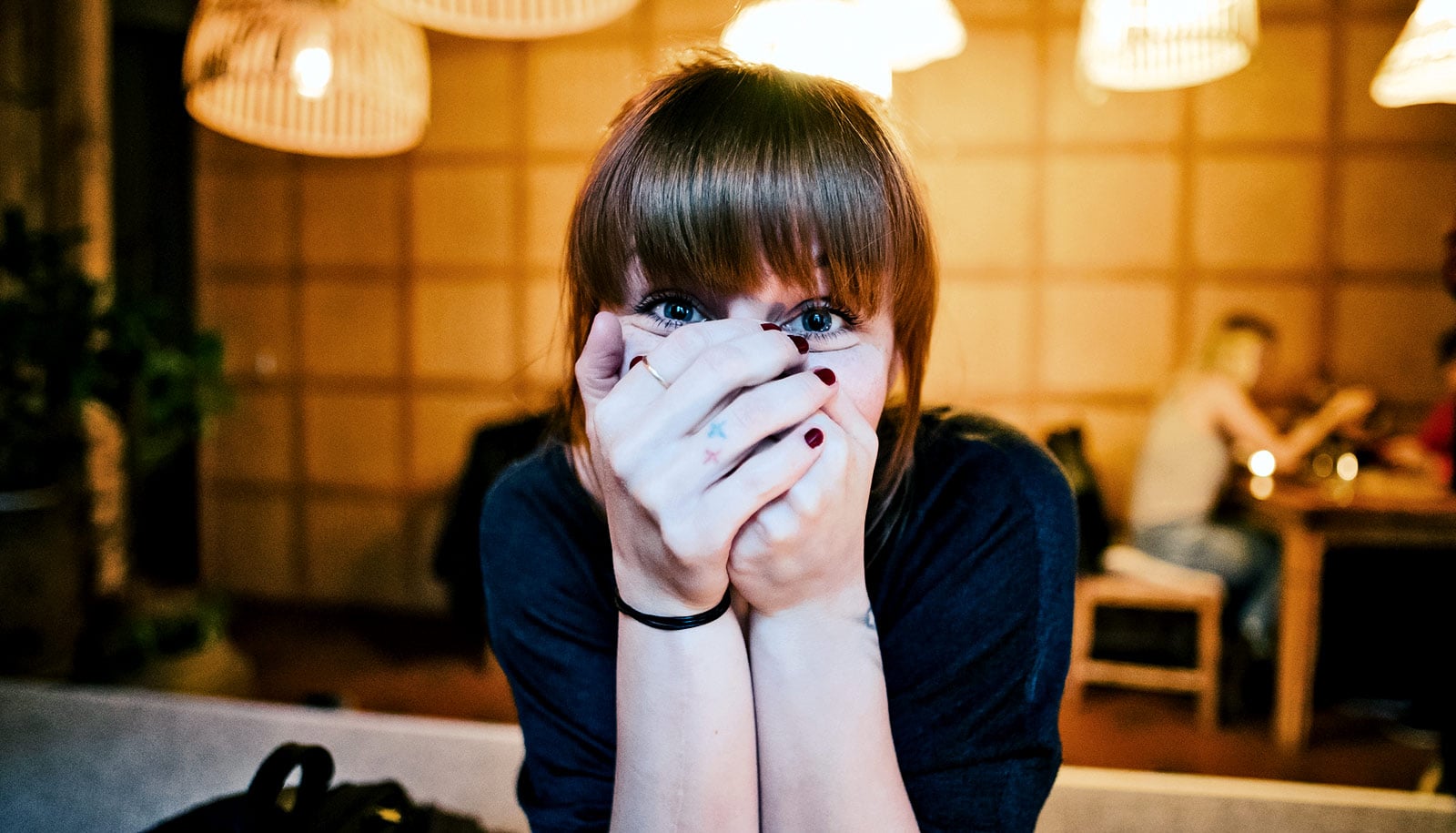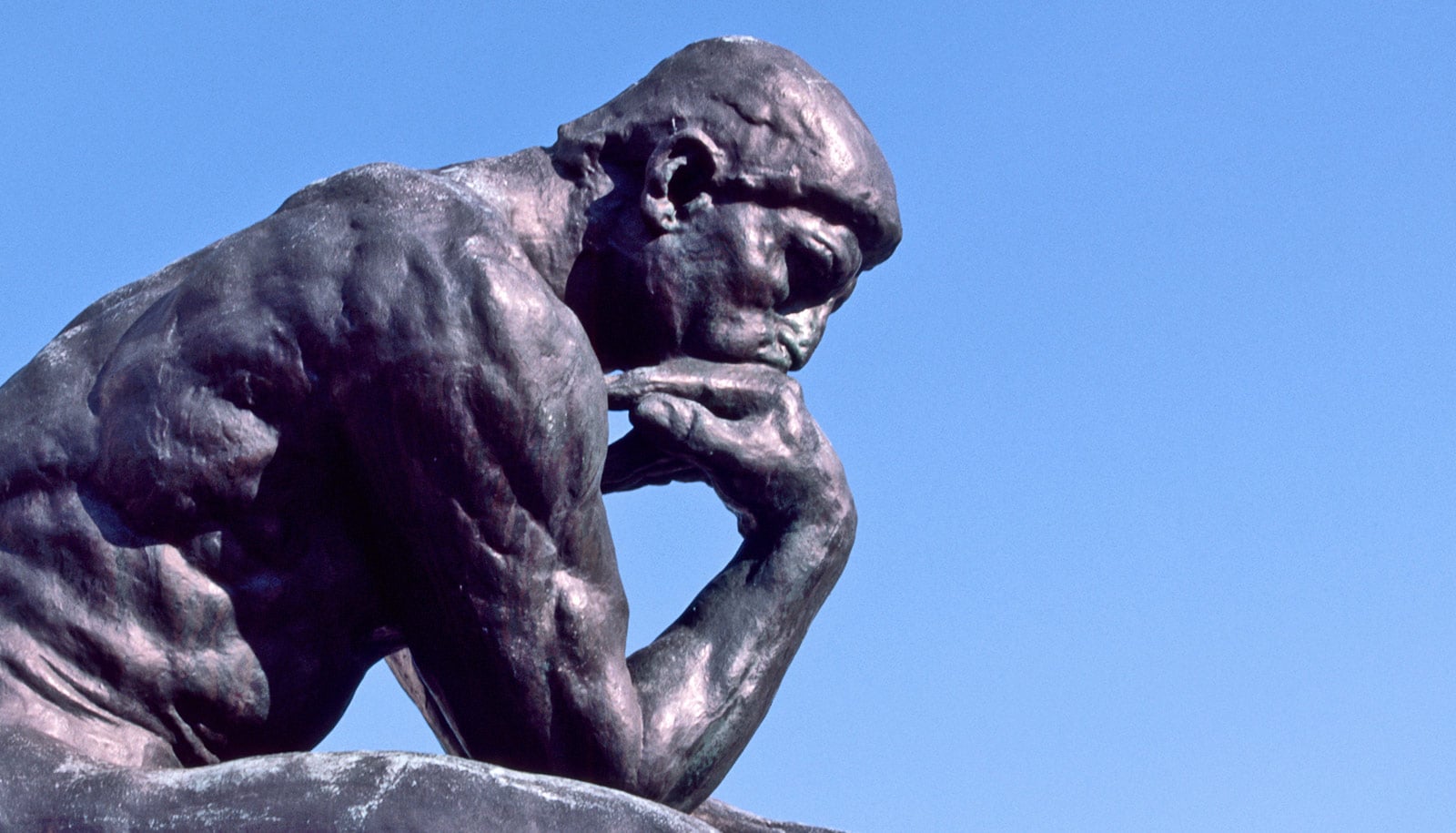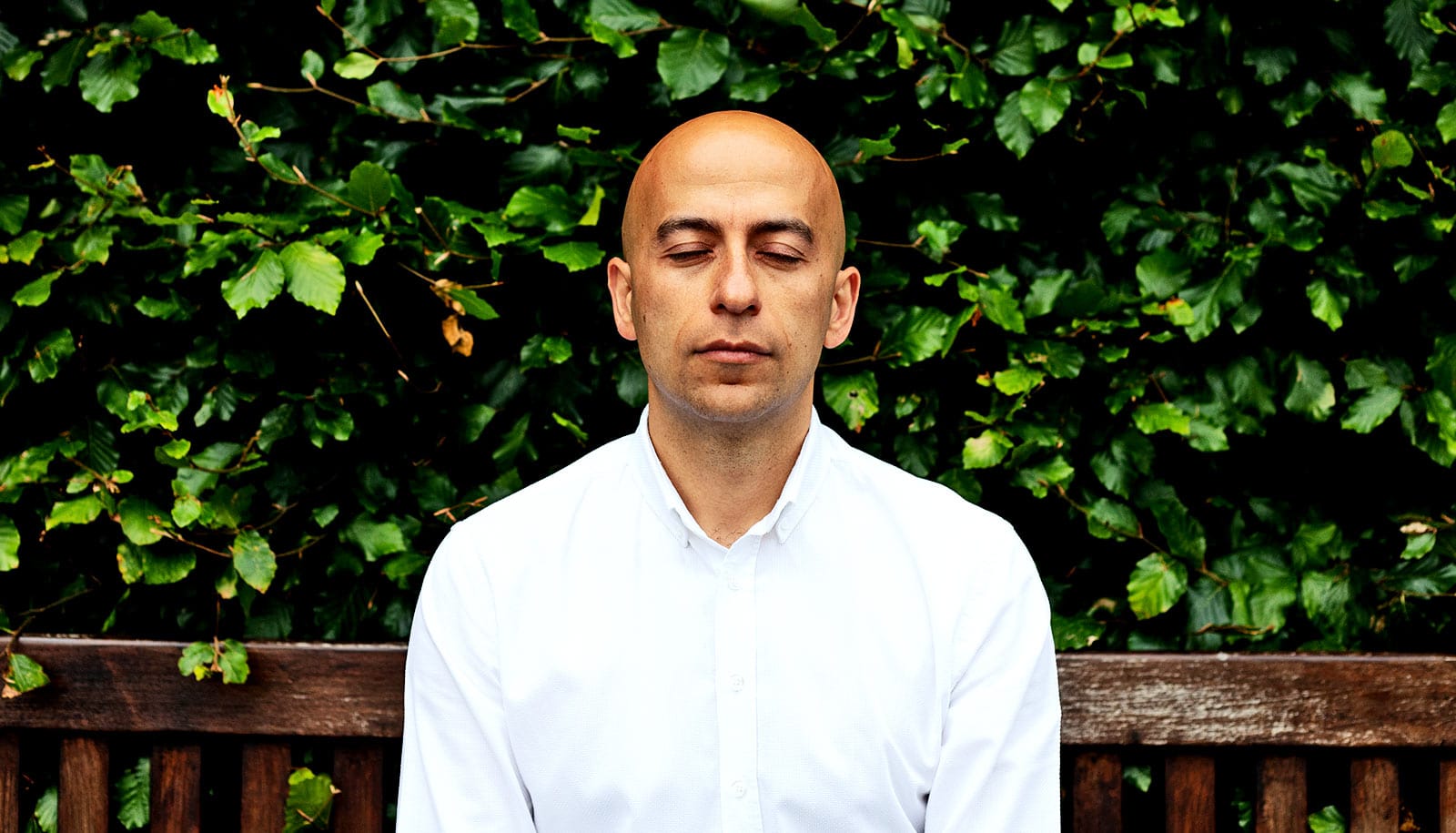Our facial expressions stem primarily from what we want out of social interactions, not our feelings, new research suggests.
“The traditional view of our facial expressions is that they’re about us, that they reveal our moods and emotions,” says Alan J. Fridlund, an associate professor in the department of psychology and brain sciences at the University of California, Santa Barbara.
“Our faces are not about us, but about where we want a social interaction to go. For example, the ‘cry’ face is usually considered an expression of sadness, but we use that face to solicit succor, whether that means reassurance, words of comfort, or just a hug.”
The new study, which appears in the journal Trends in Cognitive Sciences, supports and expands on Fridlund’s previous work debunking the older, widely held assumption that facial expressions reveal people’s emotions. Fridlund is also a social and clinical psychologist.
Smiley, happy faces
“This paper is an attempt to bring the field up to a scientific understanding of human facial displays, and to restore continuity with modern views of animal communication,” Fridlund says.
“When we are with others, we’re always checking to see how they are reacting, and they make faces when we see them looking for our reactions…”
“From preschool on, we see smiley faces with the word ‘happy’ written under them. We see sad faces with the word ‘sad’ written under them. That may not be the best way to understand facial expressions. A monkey at the zoo that smiles at you is not necessarily happy—it is giving a ‘submissive threat grimace.'”
In recent years, Fridlund says, biologists took another look at how animals communicate and began to see them as sophisticated communicators and negotiators, and his approach suggests that our facial expressions serve the same purpose.
The new paper details the ways Fridlund’s behavioral ecology view of facial displays has been useful in primatology and in artificial intelligence, and further delves into what he calls “quirky phenomena,” like the faces people make when they are alone.
“There is no doubt that what we do with our facial displays is different than what nonhumans do,” Fridlund says, “but our displays function in many of the same ways. They act as social tools in behavioral negotiation.”
No ‘universal’ expressions
The new work also incorporates work by Carlos Crivelli, a lecturer at De Monfort University in Leicester, England, on how indigenous Trobriand Islanders in Papua New Guinea—still largely immune from Western traditions and conventions—think about emotion and use facial expressions.
Investigators found that what previously had been considered a universal face of fear, in the case of the Trobrianders actually serves as a threat display aimed at frightening others into submission.
“Researchers in the 1960s had preconceived notions about certain expressions matching specific emotions,” Fridlund says. “And so their experiments—devised and interpreted through a Western lens—were bound to corroborate those beliefs.”
Feelings and our faces
Many newer studies investigating the links between facial expressions and emotions have found surprisingly little evidence of a relationship between the two.
“Angry” faces don’t necessarily mean we’re actually angry, he explains. We may be frustrated, hurt, or constipated—but regardless of how we feel, those faces serve to subdue, intimidate, or signal possible retaliation against whomever we point them at.
Women aren’t better than men at reading faces
“A ‘disgust’ face may mean a person is about to throw up, but it can also mean we don’t like atonal music, and the other person knows not to put on a Schoenberg CD,” Fridlund says. “When we ask someone about the weather outside, her smile says it’s nice out, even if she’s having a rotten day.”
Fridlund’s current work builds on research he first presented more than two decades ago in his book Human Facial Expression: An Evolutionary View (Academic Press, 1994).
In past studies, Fridlund has shown that when we imagine being in situations that are fun, scary, sad, or irritating, we make more expressions when we imagine being with others rather than facing those imaginary situations alone. People who watch funny videos, he says, smile more when they are watching with friends—and they smile just as much when they believe that a friend is watching the same video elsewhere at the same time.
“When we are with others, we’re always checking to see how they are reacting, and they make faces when we see them looking for our reactions,” Fridlund explains.
Kids and adults look at words and faces differently
“Those interacting don’t have to be people, either. People make faces all the time at soda machines that don’t return their change, or computers that reboot or update in the middle of a presentation. And they’ll make the same faces if you ask them to imagine those situations.”
Source: UC Santa Barbara



